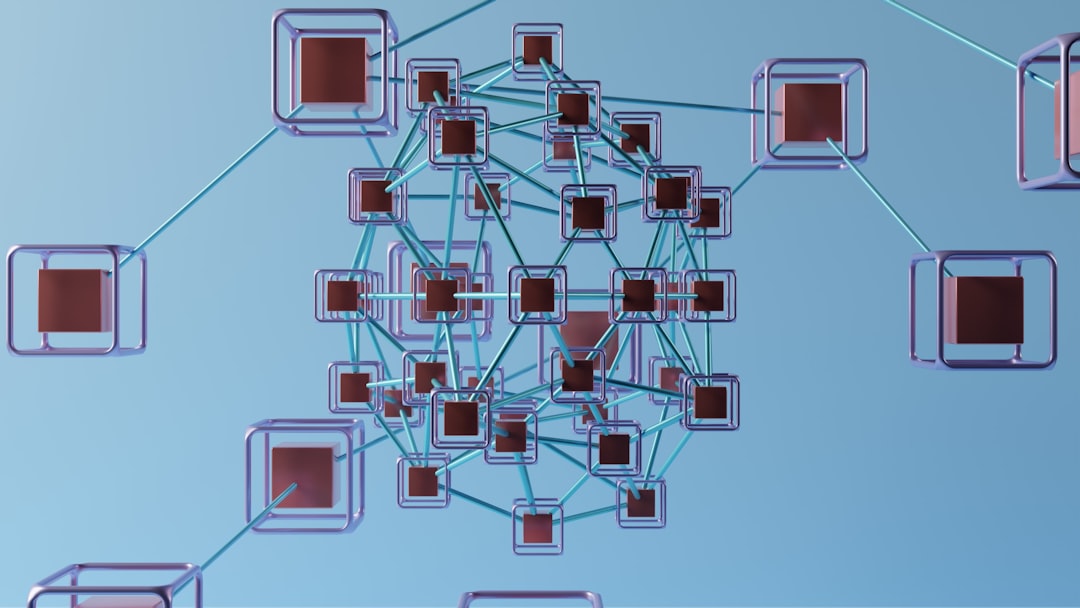In an era where cyber threats are constantly evolving, the need for businesses to bolster their cybersecurity defenses has never been more pressing. One of the most effective strategies organizations are considering is the establishment of a Cyber Intelligence Centre (CIC). However, instead of building and maintaining one in-house, many are opting to outsource it to specialized providers. While this can offer a range of benefits, it also presents challenges and costs that need to be carefully evaluated.
This article explores the pros, cons, and costs of outsourcing a Cyber Intelligence Centre, offering insights to help you decide whether this model is right for your organization.
What Is a Cyber Intelligence Centre?
A Cyber Intelligence Centre is a centralized hub that monitors, identifies, analyzes, and responds to cybersecurity threats. It combines human expertise, processes, and advanced technologies to ensure a company stays ahead of malicious actors. Functions typically include:
- Threat monitoring and detection
- Vulnerability assessments
- Incident response and recovery
- Security analytics and intelligence reporting
- Compliance tracking and auditing
Building such a center in-house can be resource-intensive. Outsourcing it allows businesses to benefit from world-class capabilities without the overhead of managing them internally.
Advantages of Outsourcing a Cyber Intelligence Centre
Outsourcing a CIC to managed security service providers (MSSPs) carries a wide array of benefits, especially for organizations facing constraints on time, budget, or cybersecurity talent.
1. Access to Expertise and Advanced Tools
MSSPs employ cybersecurity specialists with a broad set of skills—often difficult and expensive to hire internally. These providers also use cutting-edge tools, including AI-based threat detection, to deliver highly accurate and timely defense mechanisms.
2. 24/7 Monitoring and Response
Threats don’t follow a 9-to-5 schedule. With a dedicated outsourced team, organizations gain around-the-clock monitoring, ensuring threats are identified and neutralized without delay.

3. Rapid Deployment
Setting up an internal CIC can take months and require significant upfront investments. Outsourcing allows companies to integrate security services swiftly and begin operations almost immediately.
4. Cost Efficiency
Outsourcing can be more cost-effective than building an in-house center, especially for small to medium-sized businesses. It eliminates expenses related to infrastructure, recruitment, training, and technology licensing.
5. Scalability
As your business grows, so too can your cybersecurity requirements. Outsourced CICs can scale services up or down depending on your changing needs without requiring re-architecture of existing processes.
6. Regulatory Compliance
Keeping up with ever-changing regulations such as GDPR, HIPAA, or CCPA can be complex. MSSPs stay current with compliance standards and build them into their services to reduce legal and financial risk for clients.
Drawbacks of an Outsourced Cyber Intelligence Centre
Despite the benefits, outsourcing a critical function like a CIC also bears some potential downsides, particularly around trust, control, and customization.
1. Reduced Control
When you outsource, you inherently relinquish a level of control over your cybersecurity operations. Customizations may need to go through the provider’s internal approval cycles, potentially slowing down changes.
2. Data Privacy and Confidentiality Risks
Sharing sensitive company data with a third party increases the risk of data breaches. Carefully vetting your provider and establishing strict Service Level Agreements (SLAs) are essential to mitigate trust issues.
3. Potential for Communication Gaps
Miscommunication between internal teams and external providers can lead to delayed responses or oversight. Integration protocols and regular meetings are critical to ensure alignment between both parties.
4. Hidden Costs
While initial outsourcing costs may seem favorable, unexpected fees—for add-ons, emergency responses, or customization—can creep in over time. An exhaustive review of the contract is necessary before sign-off.
5. One-Size-Fits-All Risk
Providers may use standardized strategies that aren’t tailored to your industry or company-specific risks. Ensure the vendor conducts regular risk assessments aligned with your business model.

The Cost of Outsourcing a Cyber Intelligence Centre
Cost is often a significant factor in the decision to outsource. Let’s break it down into key components:
- Subscription Fees: Monthly or yearly fees depending on the scope—ranging from $5,000 to $50,000+ per month for enterprise-level service packages.
- Setup and Transition Costs: One-time fees typically covering data migration, integration, and initial assessments—can range from $10,000 to $100,000.
- Incident Response Charges: Some providers bill separately for responding to critical incidents, especially if it requires high-priority attention.
- Customization and Compliance Audits: Tailoring services to meet specific industry requirements may incur added charges.
- Licensing and Software Fees: Depending on agreements, you may be responsible for some software or tool licenses.
Despite these costs, outsourcing can still come in at a lower total cost of ownership (TCO) compared to building an equivalent in-house facility—especially when factoring in labor costs and technology upkeep.
Choosing the Right Provider
The decision to outsource your CIC hinges heavily on choosing a competent, reputable partner. Here are a few best practices to guide your selection process:
- Evaluate the provider’s track record and client portfolio.
- Assess their technology stack to ensure it aligns with your environment.
- Verify data handling policies and compliance certifications.
- Review SLAs that guarantee minimum response and resolution times.
- Ensure clear escalation protocols and designated points-of-contact.
Hybrid Models: The Best of Both Worlds?
Some organizations opt for a hybrid approach, maintaining a small internal security team while outsourcing specialized CIC functions. This allows for internal control and strategic oversight while still benefiting from the scalability and advanced capabilities of a third-party vendor.
For example, real-time threat monitoring might be outsourced, while incident response strategy and stakeholder communication stay in-house to preserve leadership autonomy and knowledge retention.

Final Thoughts
Outsourcing a Cyber Intelligence Centre is a significant strategic decision that can provide faster deployment, cost savings, and access to world-class cybersecurity resources. However, it comes with trade-offs in terms of control, privacy, and long-term customization.
As cyber threats become increasingly sophisticated, many companies may find that working with a trusted partner allows them to stay one step ahead. But the key to success lies in careful planning, clear agreements, and ongoing collaboration between the organization and the external provider.
In today’s fast-paced, threat-laden digital landscape, outsourcing your CIC may not just be an efficient choice—it could be a critical one.







